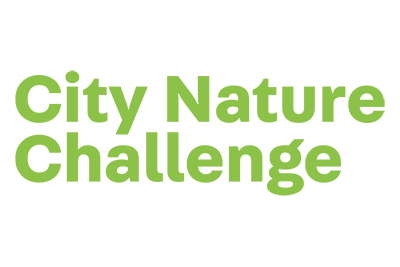City Nature Challenge 2021

 As community science initiatives continue to grow in popularity, this year’s sixth annual City Nature Challenge is expanding to more than 400 cities across six continents. The global event calls on current and aspiring community scientists, nature and science fans, and people of all ages and education backgrounds to observe and submit pictures of wild plants, animals, and fungi within the boundaries of the Town of Blacksburg using the free mobile app iNaturalist. From Friday, April 30 to Monday, May 3, participants can upload their observations to the app and they will automatically be included in the project.
As community science initiatives continue to grow in popularity, this year’s sixth annual City Nature Challenge is expanding to more than 400 cities across six continents. The global event calls on current and aspiring community scientists, nature and science fans, and people of all ages and education backgrounds to observe and submit pictures of wild plants, animals, and fungi within the boundaries of the Town of Blacksburg using the free mobile app iNaturalist. From Friday, April 30 to Monday, May 3, participants can upload their observations to the app and they will automatically be included in the project.
“We are so pleased that Blacksburg is once again joining with communities across the globe to take part in the City Nature Challenge. We hope that participants come away with a new appreciation for the biodiversity in town,” said Will Lattea, Energy & Environmental Specialist for the Town of Blacksburg.
Nature is all around us; in our cities, neighborhoods, and even in our homes. One of the best ways to study nature and its biodiversity is by connecting scientists and local community members through community science. As global human populations become increasingly concentrated in cities, it’s more important than ever to document urban biodiversity and help ensure the future of plants and wildlife. Large pools of data built through iNaturalist, natural history museums, and science organizations help leaders make informed conservation decisions that allow both human and natural communities to thrive.
In response to the pandemic, this year’s Challenge will not be focused on competition, but rather global collaboration as more than 41,000 people around the world are estimated to participate however they can.
For both budding and veteran community scientists, participating is easy:
- Find wildlife in your home, neighborhood, backyard, or anywhere else! It can be any wild plant, animal, fungi, slime mold, or any other evidence of life, such as scat, fur, tracks, shells, or carcasses. Check out this guide for tips on finding the surprisingly abundant biodiversity in and around your own home!
- Take pictures of what you find using iNaturalist or your city’s chosen platform.
- Learn more as your observations are identified.
With travel restrictions due to the pandemic, scientists more than ever, rely on observations from community scientists for important findings. During the 2020 City Nature Challenge, despite the challenges posed by the coronavirus pandemic, participants in Miami spotted an amethyst hairstreak butterfly, a species nearly extirpated from the United States. In Panama, community scientists documented a vibrant—and critically endangered—harlequin frog. And in Virginia, participants recorded Arlington County’s first observation of a white-spotted slimy salamander in over 40 years. Over 1,300 endangered, endemic, or data deficient species were recorded during the 2020 City Nature Challenge! This influx of information gives scientists, educators, urban planners, and policymakers’ insight into the biodiversity of locations throughout the world.
The City Nature Challenge is co-organized by San Francisco’s California Academy of Sciences and the Natural History Museum of Los Angeles County.
Visit citynaturechallenge.org for additional information and an education toolkit iNaturalist
Signing up is easy and free. Visit inaturalist.org from your browser, or download iNaturalist from the Apple App Store or Google Play store.
For more information on how you can participate locally, or to ask questions:
Will Lattea
Energy & Environmental Specialist, Town of Blacksburg
wlattea@blacksburg.gov
443-540-1618









